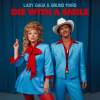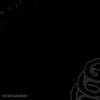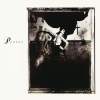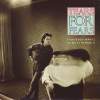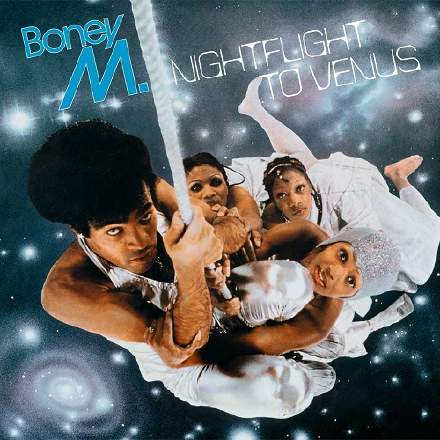
I was reminded of this 70s dance smash following the passing of Boney M.’s producer and main songwriter Frank Farian. Although the recent documentary about the Milli Vanilli scandal has drawn renewed attention to Farian’s penchant for using session singers in place of headline artists on his productions (and then getting the artists to lip-sync for their live shows), you can already hear him at it here, singing the “Let the words of our mouths” section (2:07-2:41) himself in a clearly Germanic accent that doesn’t much match the Aruban/Dutch hybrid of the band’s ostensible male lead singer Bobby Farrell. That said, I can’t get tremendously worked up about this, personally. Is it really much more insincere than bands lip-syncing on Top Of The Pops for decades? Or Ringo being replaced by Andy White on some early Beatles records? Or Diana Ross clearly lip-syncing during her headline live set at the Platinum Party At The Palace? Or even just the widespread use of Beat Detective and Auto-Tune? There’s so much fakery in show business that the idea of trying to draw such a bold line between ‘goodies’ and ‘baddies’ in that regard feels a touch McCarthyist to me.
Although we’re hearing live drums delivering this classic disco beat, the remarkably consistent tempo and complete absence of any fills immediately made me suspicious that we might be hearing a tape loop – something the Bee Gees had implemented only a few months prior, recycling a couple of bars of their live drums from ‘Night Fever’ to provide the foundation for both ‘Stayin’ Alive’ and ‘More Than A Woman’. However, after slicing this song into chunks and phase-cancelling various sections of it against each other, I couldn’t find any real supporting evidence, even though some tape editing is certainly going on here – the third chorus (0:40-0:57), for instance, appears to be a wholesale clone of the third chorus (2:41-2:57), while the backing track in the bar before that (2:39-2:41) also seems to be a copy of the last bar of chorus four (3:12).
Regardless of whether this song shares its groove-construction method with ‘Stayin’ Alive’, though, what both tunes do have in common is that they make up for the drum part’s lack of pattern variation by overlaying overdubbed fills from other percussion instruments – but where the Bee Gees went for hand percussion, hi-hat, and cymbals, it’s an exuberant set of timbales that carries the weight here. These productions might seem like ancient history, but this simple 45-year-old trick for spicing up repetitive drum parts has lost none of its relevance in relation to today’s sampled beats!
The song’s structure is pretty unusual. For a start, the opening double chorus (0:40-1:13) only recurs for the first time a full two minutes later at 2:41-3:14, before closing out the song from 3:47. Between those refrains, the remaining sections also feel a bit haphazard. For instance, neither the (nine-bar!) double verse at 1:13-1:51 nor the double Farian-vocal section at 2:07-2:41 return later in the song, while the sections led by wordless choir (1:51-2:07) and dulcimer (3:14-3:31) kind of join forces for the section at 3:31-3:47. Despite these orthodox layout choices, however, there’s a lot of sensible pacing in the arrangement. The synthesis of choir and dulcimer at 3:31, for example, provides a sense of build-up from the earlier sections when those constituent musical elements appeared on their own, and is aided by the choir’s vowel sounds opening up from “ooh” to “aah”. And all the doubled sections introduce some new layer for the second iteration too: for the opening double chorus, the double verse, and the double Farian-vocal section, it sounds like some kind of marimba, whereas it’s the dulcimer that provides the differentiation halfway through the second double chorus.
